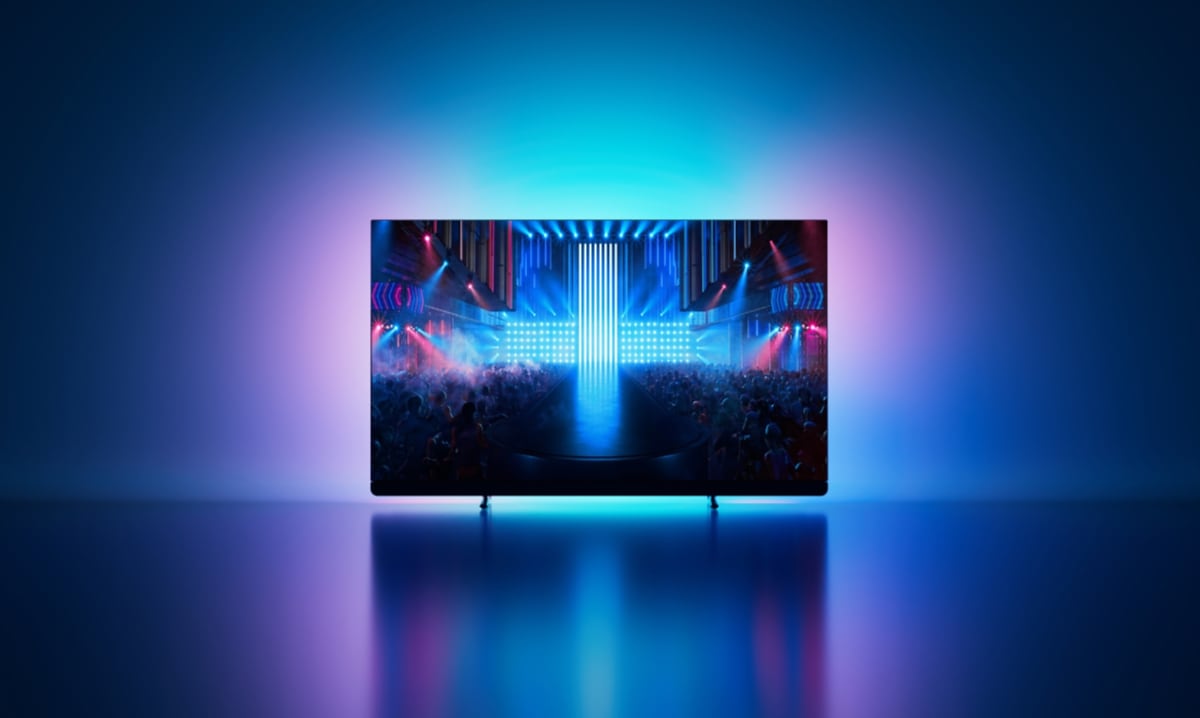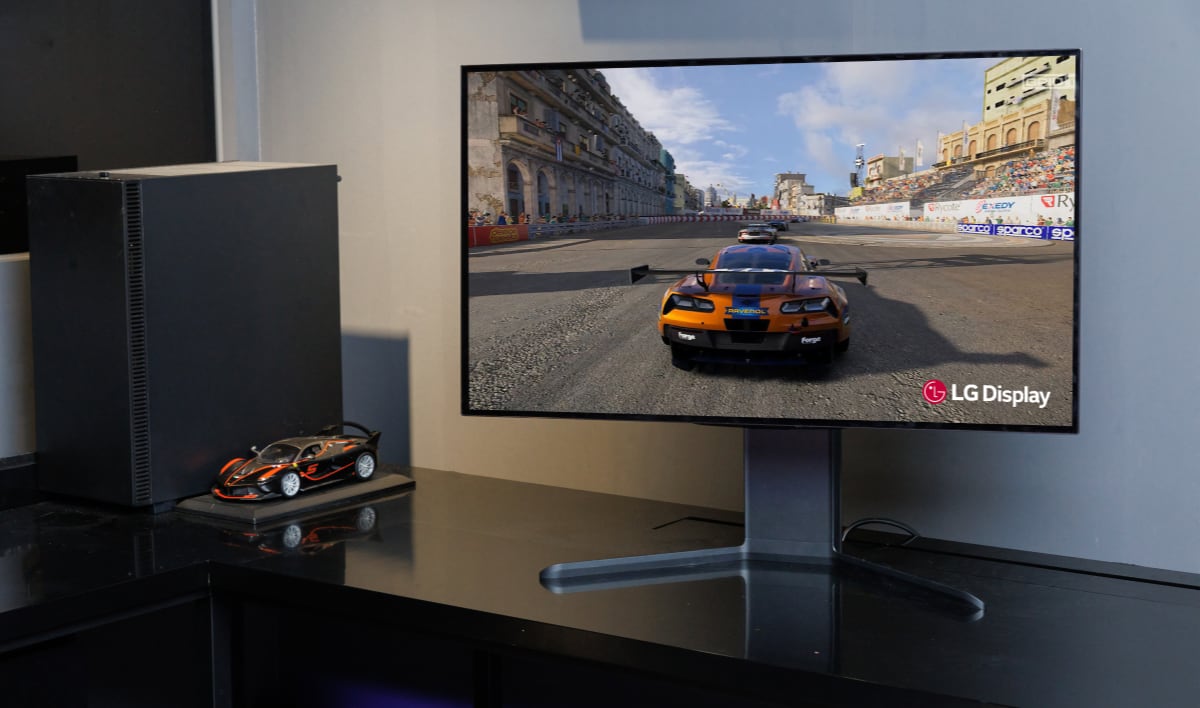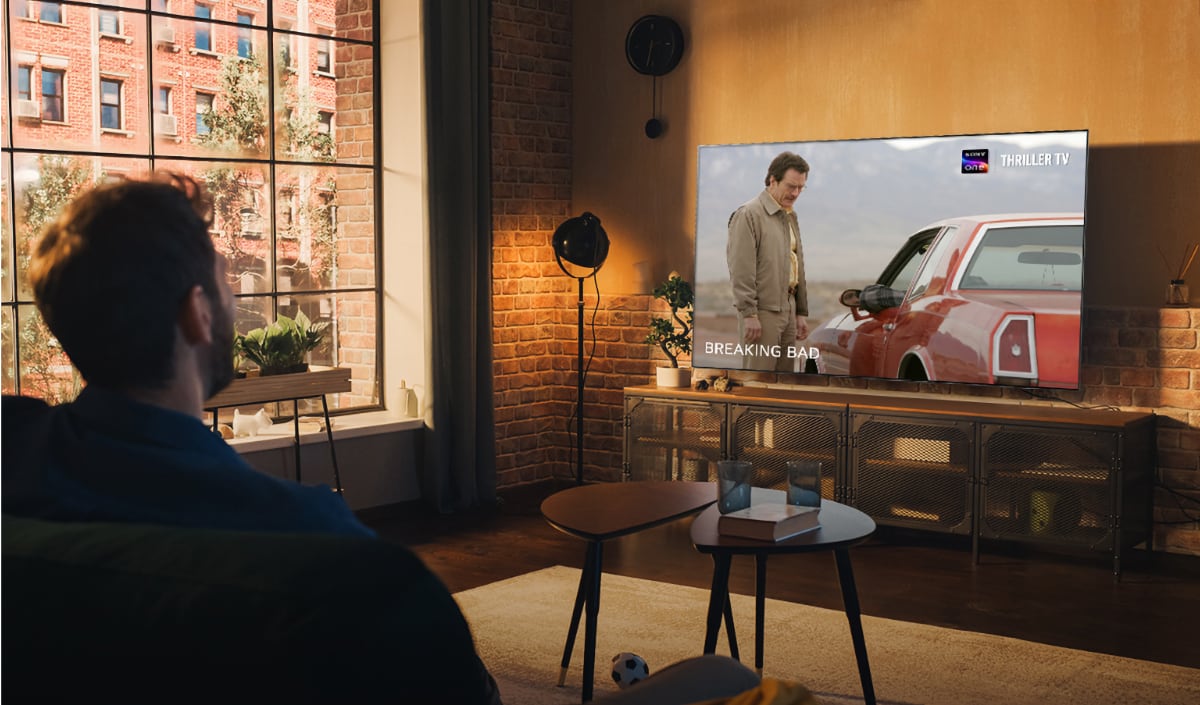10 years after the launch of the original iPhone, Apple is switching to new display technology. The interface between man and machine will in the future be based on OLED technology, which also enables High Dynamic Range, including Dolby Vision.
OLED breakthrough?
OLED technology is gaining ground on the TV market but this is perhaps the biggest milestone for the display technology to date. For the first time, OLED will be featured in an iPhone. To be exact the iPhone X – pronounced as “10”.
For 10 years, Apple has used LCD technology exclusively in the iPhone, with improvements in resolution and color reproduction along the way, and more recently sensors that can adapt the color temperature to the environment (True Tone). All of these features are still found in the iPhone X but OLED is a new foundation under the visual interface.

The company used its keynote to say that OLED finally lives up to the requirements it has set for brightness and color accuracy. Specifically, this means full DCI-P3 coverage and peak brightness of 625 nits.
Apple has implemented ‘color management’ on a deep level throughout iOS to ensure that only graphics and video produced for DCI-P3 will be reproduced in the larger color space. The rest will be constrained to sRGB – as intended. This is in sharp contrast to almost all other players in the industry who prefer to pull everything into the wider color gamut in order to be able to yell “vivid colors”.
Regardless of whether it comes down to lack of respect for the content creation process or simply an indifference to the artistic process, it is increasingly happening across TV, PC, and mobile displays. When someone takes the time and effort to implement color management fully and correctly, it should be applauded. Apple has done that.
The resolution of the OLED display in iPhone X is 2436x1125 pixels, which is the highest pixel density for an iPhone yet (458 ppi). It is not clear if the increased pixel density is used as a smokescreen to hide the fact that the display is based on penTile subpixels that are shared between main pixels but we should know for sure soon enough. All industry sources point to Samsung as being the sole OLED supplier, and Samsung uses the subpar penTile layout in its own phones.
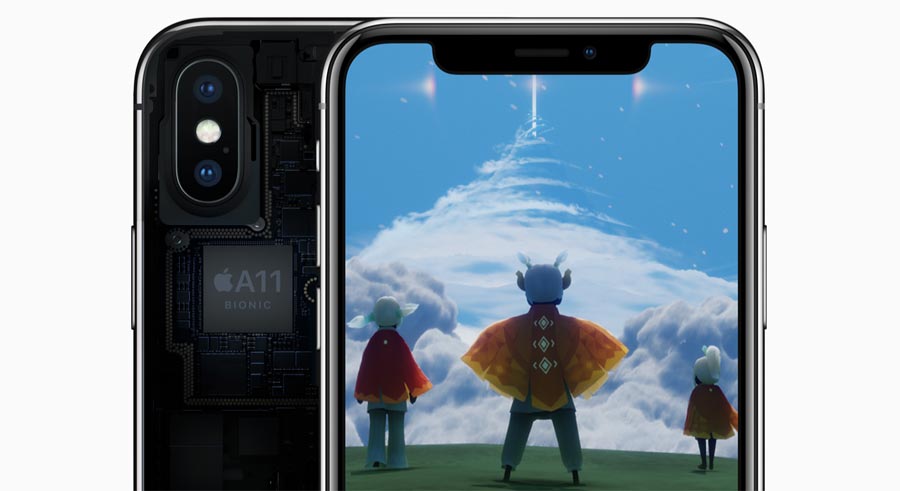
The OLED display in iPhone X measures 5.8 inches in diagonal but what is interesting here is that the screen has rounded corners.
- ”The iPhone X display has rounded corners that follow a beautiful curved design, and these corners are within a standard rectangle. When measured as a standard rectangular shape, the screen is 5.85 inches diagonally (actual viewable area is less),” said Apple
If you measure the screen as a rectangle it has a larger diagonal that the iPhone Plus models but as a whole iPhone X is notably smaller (143.6 x 70.9 mm versus 158.4 x 78.1 mm). However, it should be noted that the aspect ratio is different. iPhone X is taller but has the exact same amount of pixel points (375) in the horizontal plane as the 4.7-inch iPhones (6, 6S, 7, 8).
- ”iPhone X has a different aspect ratio than 4.7" iPhones. As a result, full-screen 4.7" iPhone artwork appears cropped or letterboxed when displayed full-screen on iPhone X. Likewise, full-screen iPhone X artwork appears cropped or pillarboxed when displayed full-screen on a 4.7" iPhone,” Apple’s developer documentation reads.
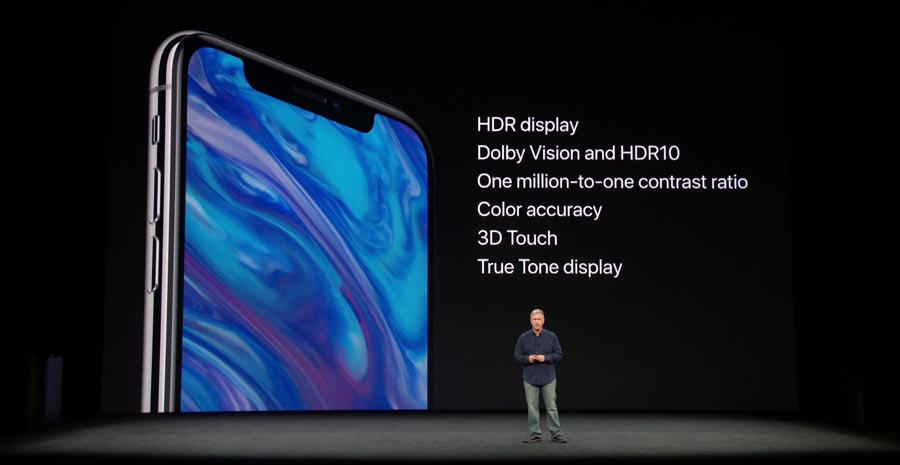
Dolby Vision in the picture
Apple calls it a ’Super Retina HD display’ but the fact that it is an OLED display tells us basically everything we want to know. If you have ever seen an OLED TV in action you know how much better it is compared to an edge-lit LCD panel. Because OLED can control luminance and color on a pixel-level, it makes HDR – or High Dynamic Range – possible. HDR expands the dynamic range to make pictures appear more lifelike.
Dolby is involved, too. Besides the new Apple TV 4K, the iPhone X supports the Dolby Vision HDR format. It may sound like a marketing gimmick on a mobile screen but it depends on how deeply Dolby Vision has been integrated within iOS.
If Dolby Vision is supported only for video streaming, the advantage over HDR10, which is also supported on iPhone X, may be limited. However, if it is integrated on a deeper system level it could bring intelligent video optimization on a scene-by-scene basis to the iPhone.

HDR is possible on a smartphone only with OLED. While LCD TVs can utilize zone dimming to enable HDR in some form, a smartphone is so small that it can only accommodate edge lighting for LCD. OLED on the other hand is a self-emitting display technology where each pixel emits its own light independently, which is why it can reproduce true black.
Apple specifies the contrast ratio to 1,000,000:1. For comparison, all previous iPhones have featured a LCD displays with a contrast ratio of up to 1,400:1. It is almost unfair to put those two numbers in the same sentence.
Besides the OLED display, iPhone X features ’Face ID’ that will let you unlock and authenticate via your face, an ‘A11 Bionic’ SoC, an improved camera with AR capabilities, induction charging, and a lot more. Pricing starts at $999.
Adopting OLED technology is undoubtedly the most significant step forward for the iPhone’s display since the original version was introduced 10 years ago but the more important point here is that iPhone X will help accelerate the market shift to OLED. Samsung Display has for several years aggressively ramped up production capacity but it takes a lot more to supplant a supply chain that still counts annual LCD panel output in the billions. From here, Apple will not look back so the question becomes; how long will it take before LCD fades away completely?







